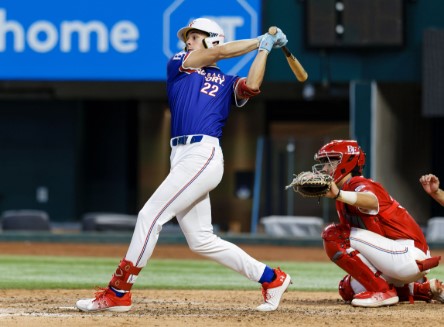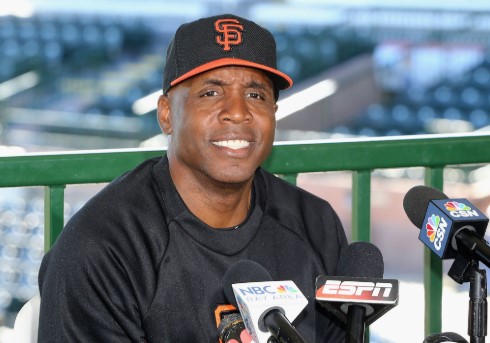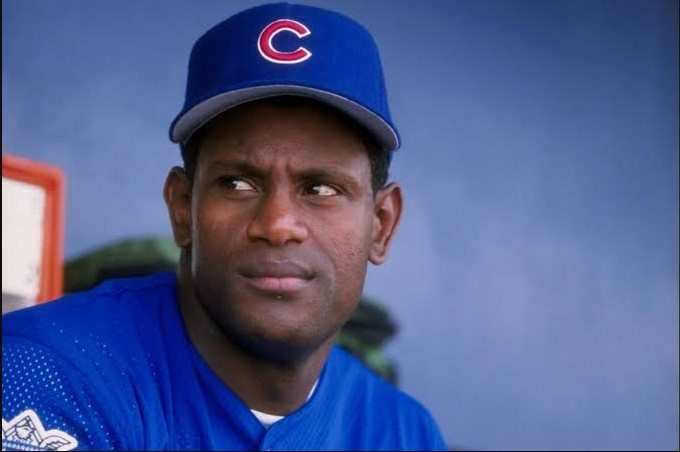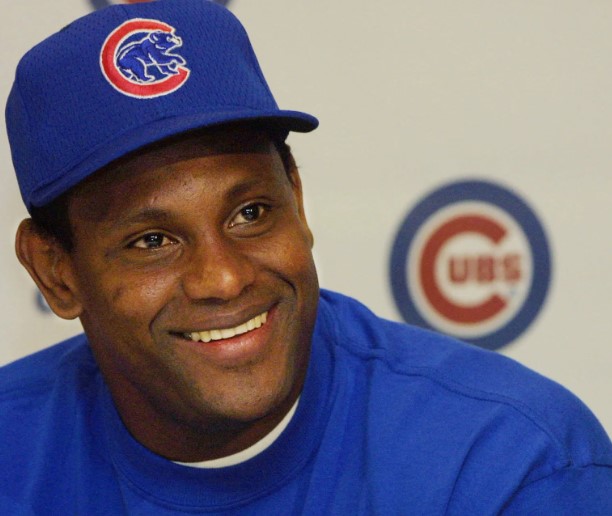Home Run: In the game of baseball, a home run is one of the most thrilling moments, offering both the batter and the team a sense of accomplishment and excitement. A home run occurs when a batter hits the ball out of the playing field, allowing them to round the bases and score a run. While many aspects of the game are clear-cut, one question that sometimes arises in the heat of the moment is whether a player who hits a home run has to touch home plate.
The answer to this question involves a deeper understanding of the rules surrounding base running, the importance of touching each base, and the consequences of skipping any of them. This article will explore the rules of base running following a home run and the implications of missing home plate.
The Basics Of A Home Run

A home run is one of the most celebrated feats in baseball, defined as a hit that allows the batter to complete a full circuit around the bases and return to home plate. It’s typically achieved by hitting the ball out of the playing field and over the outfield fence. This hit gives the batter the opportunity to round the bases: first base, second base, third base, and finally, home plate. If a player is able to round all the bases successfully and without interference, they score one run for their team.
However, while the concept of a home run seems simple, the execution involves adherence to a specific set of rules, particularly when it comes to base running. One important rule is that the batter, and any other base runners, must touch each base in order. This includes home plate.
The Rule: Touching Home Plate After A Home Run
In baseball, every runner, whether they are the batter or a base runner, is required to touch each base in order, in a counter-clockwise direction. This means that after hitting a home run, the batter must run the full circuit—starting at first base and continuing through second base, third base, and finishing at home plate.
Does a batter have to touch home plate after hitting a home run? The answer is yes—if the batter fails to touch home plate after rounding all the other bases, the run is nullified. This is true even if the batter has already passed the other bases and crossed the plate in what would seem to be a legitimate home run.
The rule is clear: all bases must be touched, including home plate, for the run to count. Missing home plate means that the batter has not completed the necessary actions to score a legitimate run.
The Appeal Play: When A Batter Misses Home Plate
In baseball, if a player misses a base, including home plate, it can result in an appeal. The opposing team has the right to appeal to the umpire that the batter did not properly touch the base. In this case, the appeal is made by the defensive team by throwing the ball to the base the batter missed.
If the batter misses home plate, the defensive team would throw the ball to home plate to make the appeal. The umpire then decides whether the batter truly missed home plate. If so, the umpire will declare the batter out, and the run will not count, regardless of the fact that the batter has already crossed the plate. This rule applies to all home runs, whether the batter hits a solo home run or a multi-run home run.
What Happens When A Player Misses Home Plate During A Home Run?

The Run Is Nullified: If the batter hits a home run and misses home plate, the most significant consequence is that the home run is effectively nullified. The batter’s failure to touch home plate means they have not completed the process of scoring a run.
The Batter Is Out: After the opposing team makes an appeal by throwing the ball to home plate, the umpire will call the batter out. This results in the batter being removed from the base-running sequence. The batter must return to the dugout, and they are no longer eligible to score a run.
Impact on Other Base Runners: In the case of a multi-run home run (where other players are also on base when the batter hits the home run), the appeal play may also affect the other base runners. If the batter is out, the other runners must return to their previous base, and the runs they might have scored are not counted either.
Real-World Examples Of Missing Home Plate
There have been a few notable instances in professional baseball where a player hit a home run but missed home plate, resulting in the nullification of the run. One of the most famous examples occurred during the 1986 MLB season when Darryl Strawberry of the New York Mets hit a home run and failed to touch home plate. His mistake was noticed by the opposing team, and an appeal was made, nullifying the run.
Another example occurred in 2007 when Gary Sheffield of the Detroit Tigers hit a home run, and after rounding the bases, it was discovered that he had missed first base. The opposing team appealed, and Sheffield was ruled out, causing the home run to be invalidated. This incident highlighted how missing a base—even home plate—can have major consequences for a team.
Why Is Touching Home Plate Important?

The rule that requires players to touch home plate serves as an essential part of ensuring fairness and consistency in the game. Baseball is a game that emphasizes precision, discipline, and the following of the rules. The act of touching each base ensures that all players, whether they are hitting home runs or advancing on the base paths, are following the proper sequence of events.
From a strategic standpoint, requiring players to touch home plate prevents a situation where a player could potentially try to bypass the rules to gain an unfair advantage. While the act of missing a base might seem trivial in the context of a home run, it’s vital for maintaining integrity and consistency in the game.
Preventing Mistakes: What Can Players Do?
To avoid the situation where a player misses home plate and has their run nullified, there are several strategies that can be implemented:
Focus and Awareness: The batter should remain focused and aware of their surroundings after hitting the ball. It is easy to get caught up in the excitement of hitting a home run, but staying mentally sharp is key to ensuring all the bases are touched correctly.
Coaching: Coaches play a critical role in reminding players of the importance of touching every base, including home plate. Good coaching often involves reinforcing base-running fundamentals and ensuring that players do not make careless mistakes.
Training and Repetition: During practice, players can run through drills that emphasize the importance of base running and touching each base in order. Repetition helps build muscle memory, reducing the chance of errors during actual games.

In baseball, touching home plate after hitting a home run is essential for the run to count. If the batter misses home plate, the run is nullified, and the batter is called out. This rule underscores the importance of following all the necessary steps in scoring a run and reflects the precision and discipline inherent in the game. While missing home plate is a rare mistake, it can have serious consequences for the player and the team. Understanding and adhering to the rules of base running—no matter how exciting the moment—ensures the integrity of the game and ensures that runs are earned through proper execution.
Consequences Of Missing Home Plate
| Scenario | Outcome | Explanation |
|---|---|---|
| Batter hits a home run but misses home plate | Run nullified, batter out | The opposing team appeals to home plate. |
| Batter hits a home run but misses any other base | Run nullified, batter out | The opposing team appeals to the missed base. |
| Multiple base runners on home run, batter misses home plate | Runs nullified, all base runners return to previous base | Appeal is made to home plate, and batter is out. |
This table summarizes the potential outcomes of missing home plate during a home run and the impact on other players on base.


